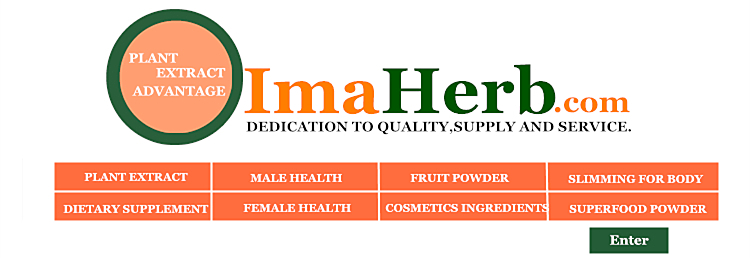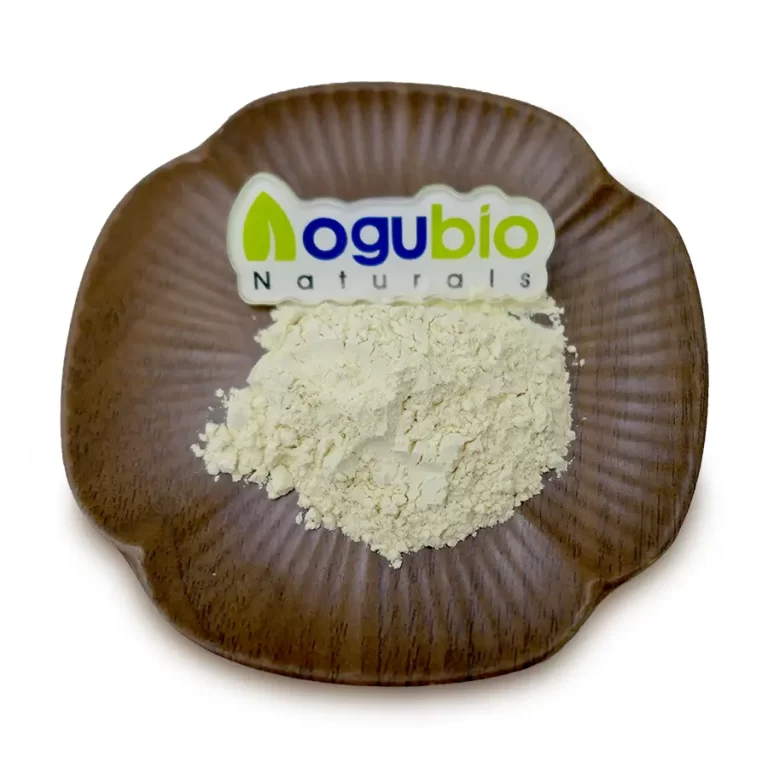
Glucosamine is an amino sugar that is produced naturally in humans. It is also found in seashells, or it can be made in the laboratory. Glucosamine hydrochloride is one of several forms of glucosamine.It is naturally contained in any healthy cartilage. Glucosamine encourages the cartilage to create the fundamental building material of the cartilage, proteoglycans and collagen. Proteoglycans with their spatial structure resemble bottle-cleaning brushes.
Application
The function of glucosamine in cartilage is to stimulate the formation and repair of cartilage. Glucosamine is a chemical found naturally in the body, in the fluid that cushions joints. When taken in supplement form, glucosamine has been found in some studies to reduce the pain experienced by some people who have osteoarthritis. Studies are also exploring whether glucosamine supplements could restore the cartilage in arthritic joints or slow the progression of arthritis. But there is no good evidence yet that glucosamine supplements can provide these benefits. Talk to your doctor before taking glucosamine or any dietary supplement.

| Items |
Standards |
| Appearance |
White crystal without black dots and with good fluidity |
| Assay(%) |
98.0 – 102.0% |
| Particle Size |
100% through 30 Mesh |
| Specific Rotation(°) |
+70.00 – +73.00 |
| Loss on drying(%) |
NMT 0.1% |
| Residue on ignition(%) |
23.5-25.0% |
| Bulk Density |
NLT 0.70 g/ml |
| pH |
3.0 – 5.0 |
| Heavy metals(ppm) |
NMT 10 PPM |
| Chloride |
16.2-16.7% |
| Sulfate |
NMT 0.24% |
| Mercury |
NMT 0.5 PPM |
| Total Bacteria Count(cfu/g) |
NMT 1000 Cfu/g |
| Yeast & Molds(cfu/g) |
NMT 100 Cfu/g |
| E.Coli |
Negative |
| Salmonella |
Negative |


















 skype
skype Sales Manager
Sales Manager Rebekah
Rebekah Rachel
Rachel Miranda
Miranda Camilla
Camilla
 Sales Manager
Sales Manager